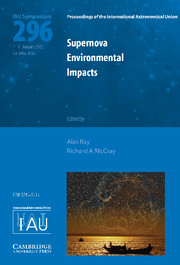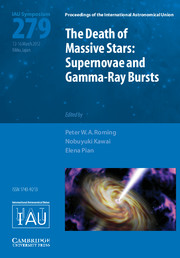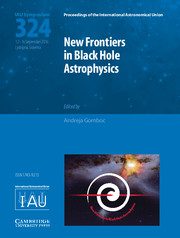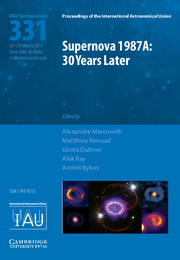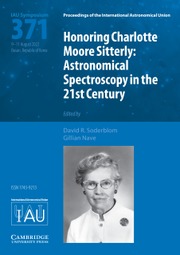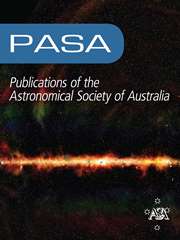Supernova Environmental Impacts (IAU S296)
New telescopes spanning the full electromagnetic spectrum have enabled the study of supernovae (SNe) and supernova remnants (SNRs) to advance at a breathtaking pace. Automated synoptic surveys have increased the detection rate of supernovae by more than an order of magnitude and have led to the discovery of highly unusual supernovae. Observations of gamma-ray emission from SNRs with ground-based Cherenkov telescopes and the Fermi telescope have spawned new insights into particle acceleration in supernova shocks. Far-infrared observations from the Spitzer and Herschel observatories have told us much about the properties and fate of dust grains in SNe and SNRs. Work with satellite-borne Chandra and XMM-Newton telescopes and ground-based radio and optical telescopes reveal signatures of supernova interaction with their surrounding medium, their progenitor life history and of the ecosystems of their host galaxies. IAU Symposium 296 covers all these advances, focusing on the interactions of supernovae with their environments.
- Brings together cutting-edge physical and observational research into supernovae and their remnants
- Highlights new connections between diverse scientific problems in astrophysics, stimulating new avenues of research
- Summarizes our current understanding of the evolution of supernovae and their interactions with the surrounding medium
Product details
April 2014Hardback
9781107044777
432 pages
253 × 180 × 22 mm
0.81kg
100 b/w illus. 5 tables
Available
Table of Contents
- Preface
- 1. SN 1987A
- 2. SN models, rates and surveys, VLBI, etc
- 3. SN: optical studies
- 4. Young supernovae in circumstellar interactions, their progenitor and light echoes
- 5. Environs of SN remnants and core-collapse supernovae
- 6. SNRs in radio and IR
- 7. SNRs in X-ray
- 8. SNe-driven galactic outflows, acosystems and star formation
- 9. Gamma rays from SNRs
- 10. SNRs, cosmic rays and particle acceleration.

